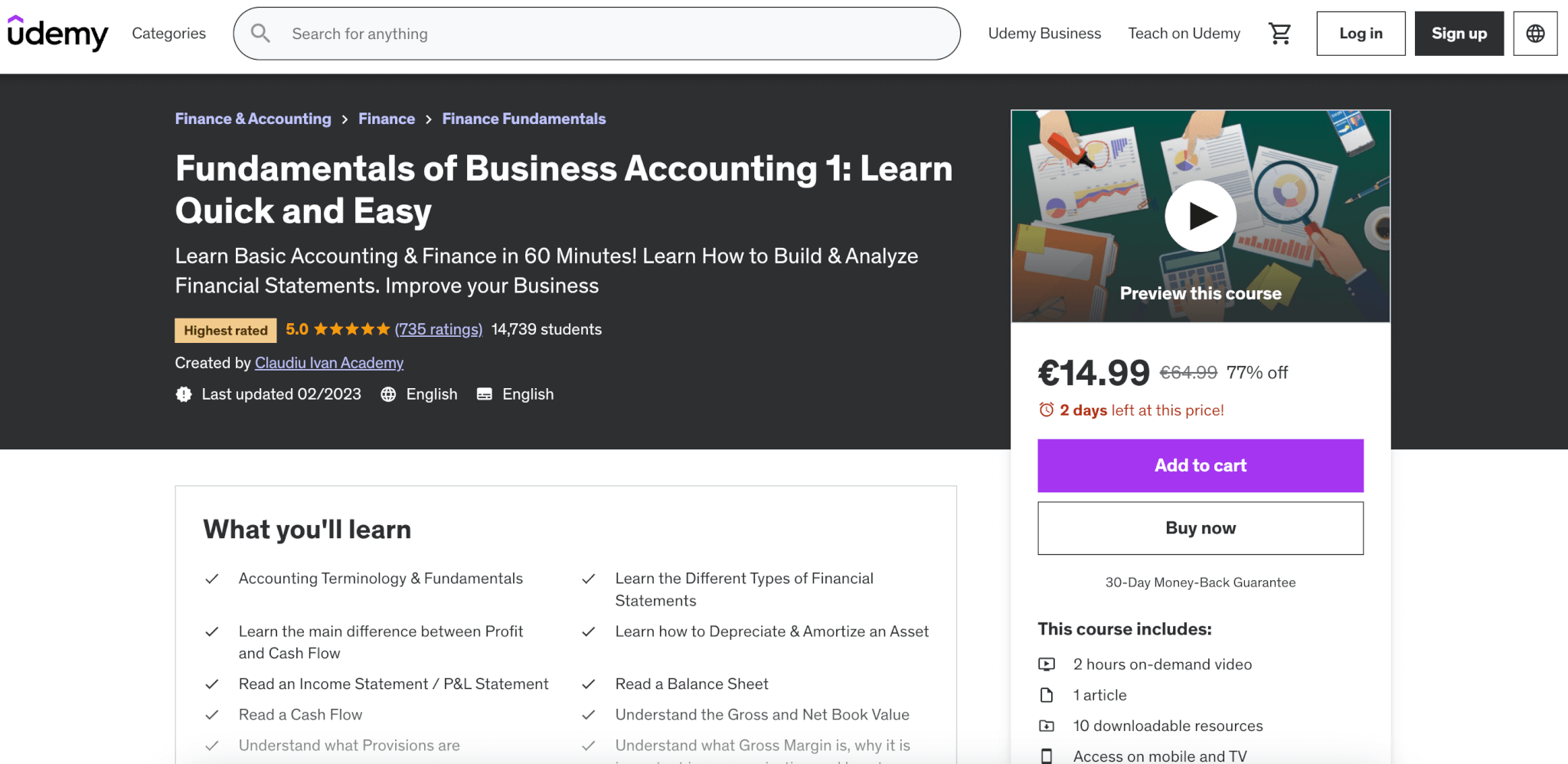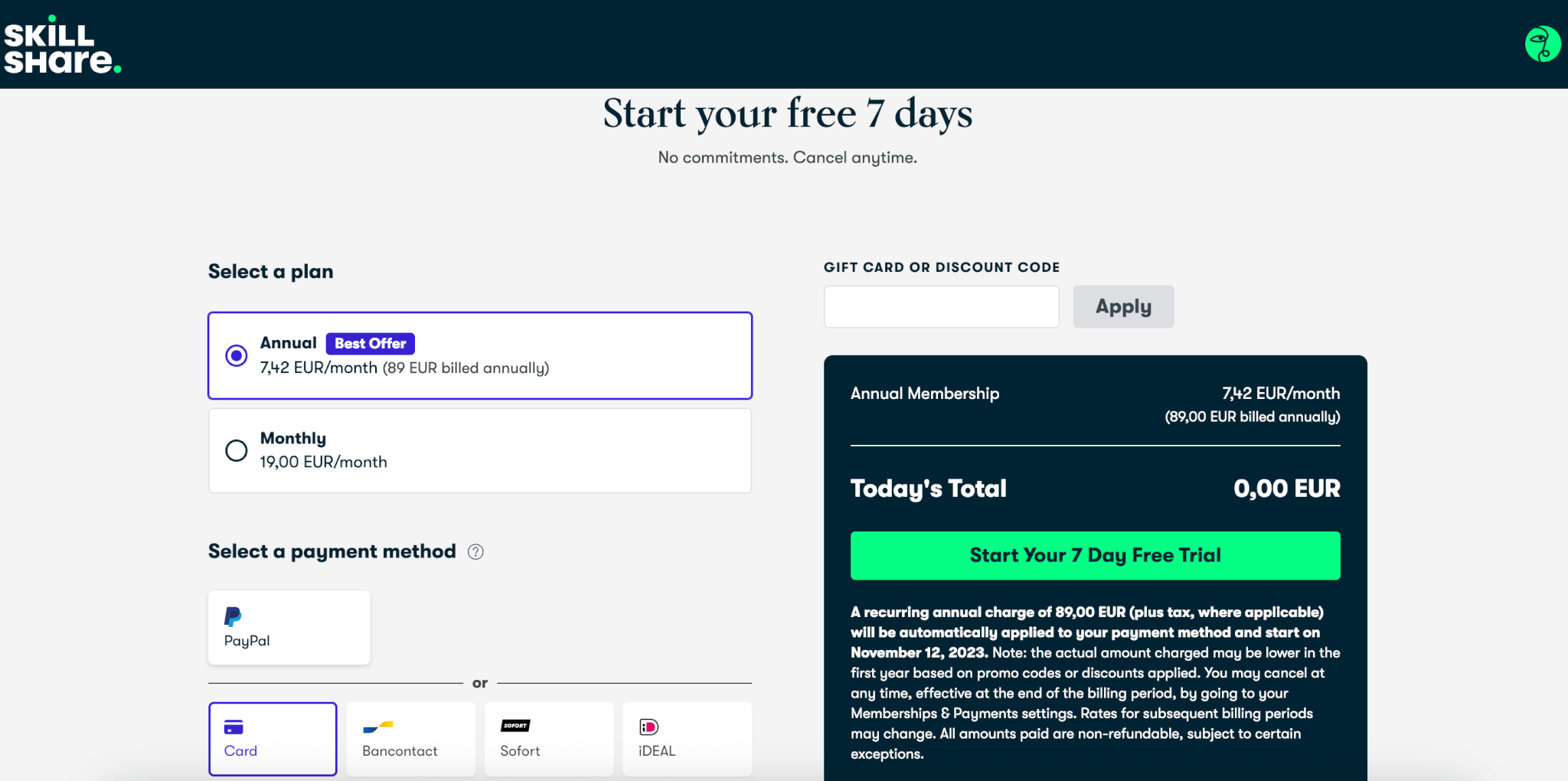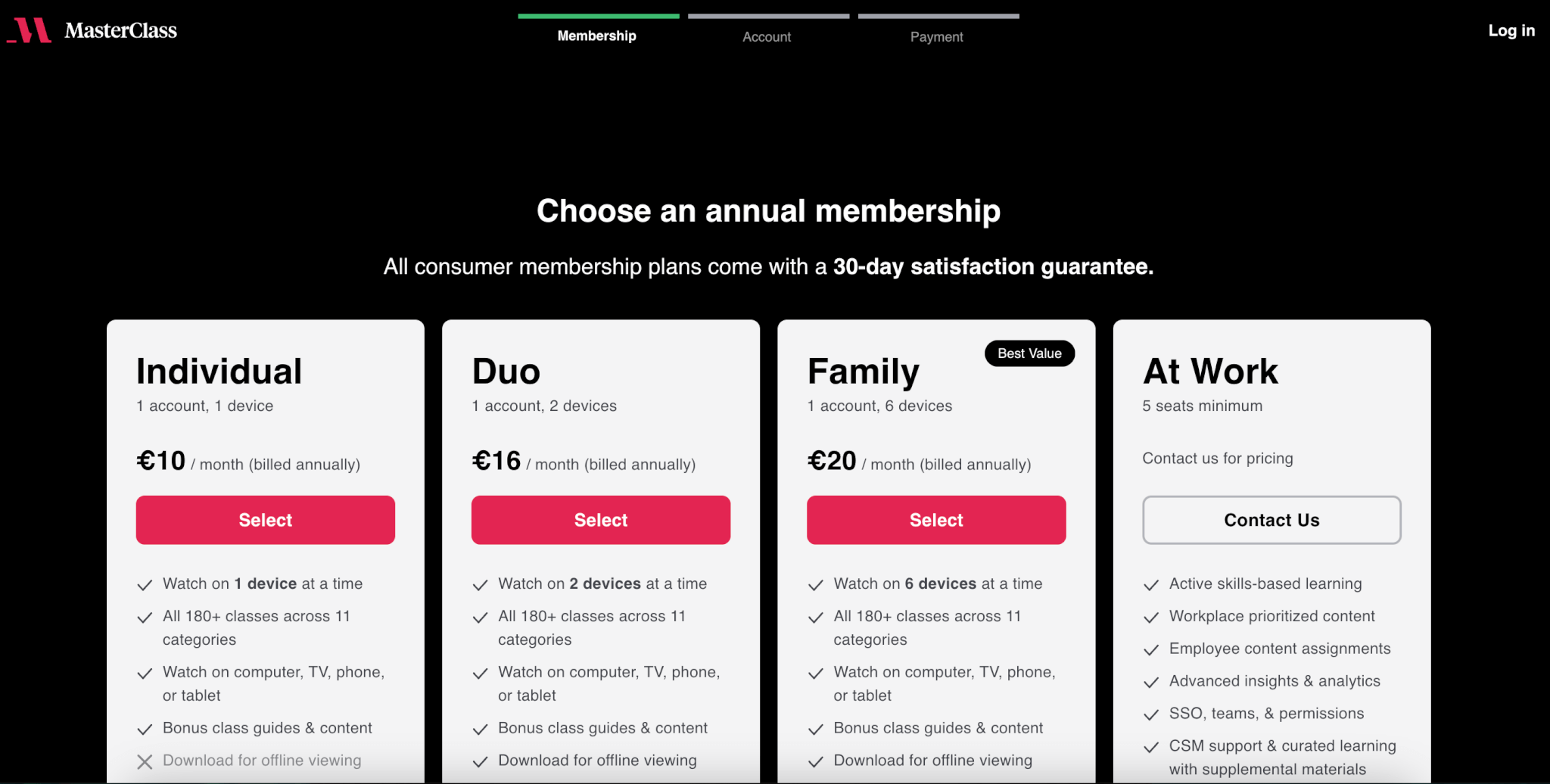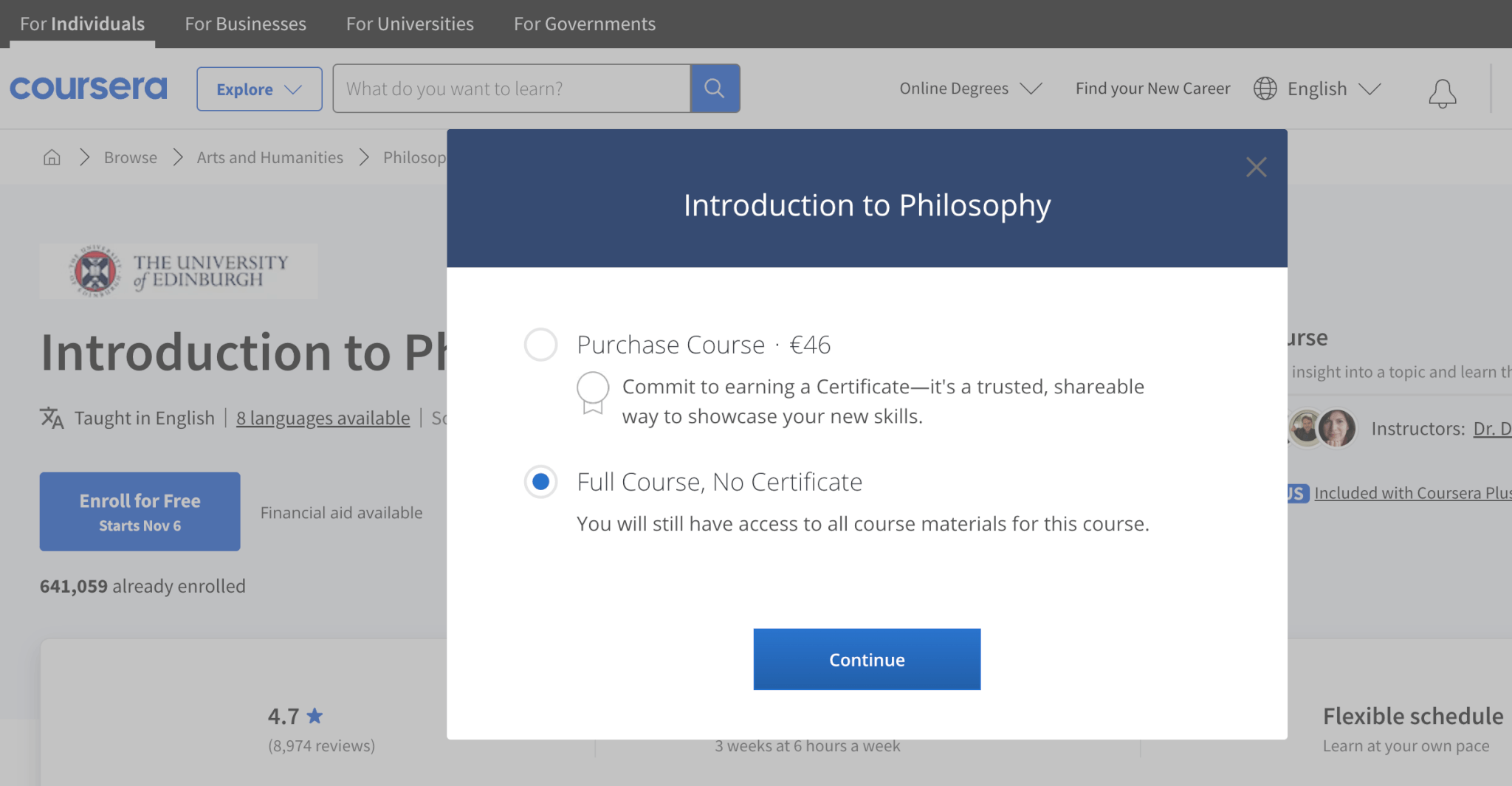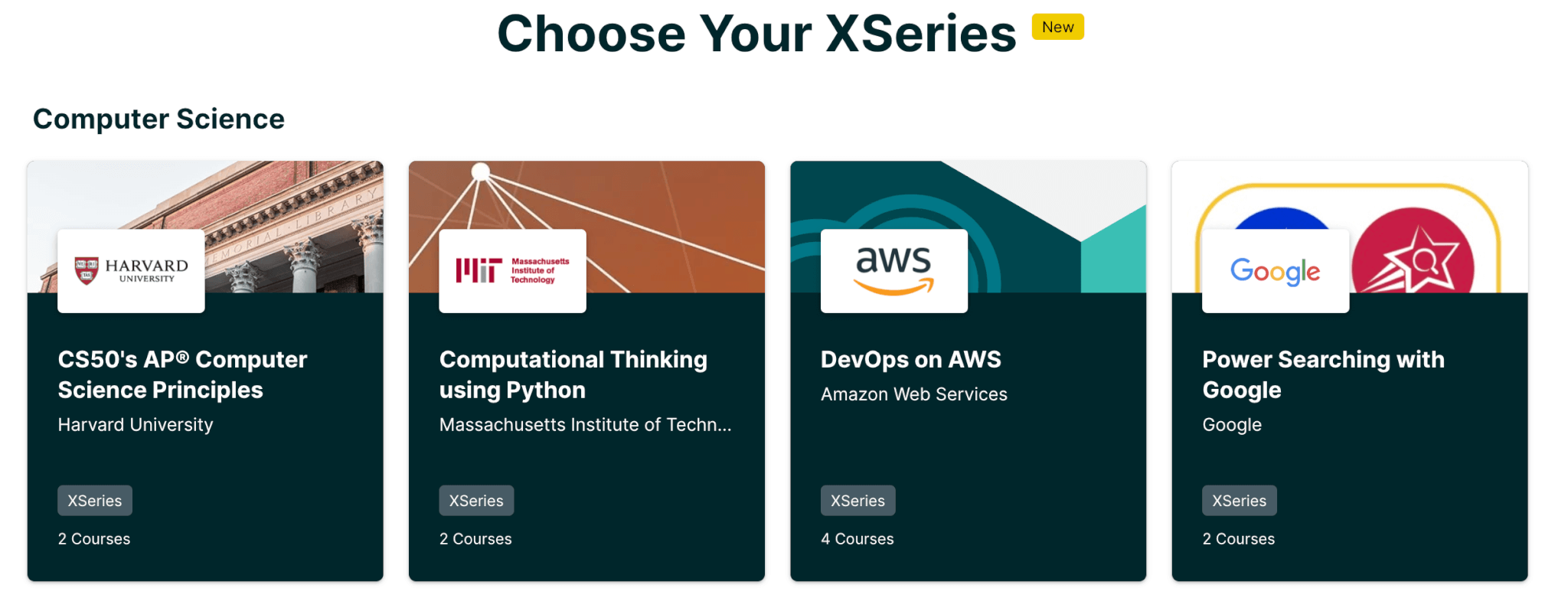Table of Contents
Have you thought about monetizing your knowledge by selling e-learning courses?
People are more knowledge-thirsty than they have ever been. And we’re not talking about academic education and workplace skills only. People are passionate about finding fulfilling hobbies, exploring topics that will expand their perceptions, and working towards personal development.
This quench for knowledge creates enormous opportunities for content creators, influencers, and educators.
If you’re (really) good at something and enjoy sharing your knowledge with others, don’t be shy – the creator economy is booming. Now is the time to jump in!
There are several monetization methods for selling your online courses. You might already be aware of all or some of them, but do you know the pros and cons of each option? And when is it best to sell, let’s say, memberships instead of single courses?
If you’re unclear about your options, read on to find out the 5 most commonly used monetization strategies and when to use each one, including examples from popular online academies.
5 Ways to Monetize Your Online Courses
If you’ve decided to create and sell online courses, we recommend offering more than one purchasing option wherever possible. You don’t need to pick just one of the following strategies and stick with it.
On the contrary, allowing customers to choose how they want to pay and the level of commitment to your academy will encourage more course sales.
Besides, as your business grows, you will feel more confident experimenting with new business models that will increase your profit and suit your audience better, too.
But let’s see what we’re talking about here in detail.
1. One-Time Purchase
This is the most straightforward approach, where students pay a single fee that grants them lifetime access to the course content.
👉 Don’t confuse one-time with one-off purchases, as they’re not synonymous; you can still allow customers to pay in installments.
Benefits of one-time purchases
Why you should reconsider
💁 The engagement battle is by no means lost! You can still build rapport with your learners and turn them into repeat customers. Some ways to do that:
✔️ create opportunities for learners to socialize and interact with you and among them
✔️ stay top of mind with email marketing communications and an active social media presence
✔️ release new courses regularly to spark their interest.
Investing in content marketing strategies, like blogging, and implementing basic SEO strategies is also helpful in bringing people to your online academy.
One-time purchases work for:
💡 Need help pricing your course? Read our comprehensive guide on how to set the right price for your online course.
💁 Let’s see an example of a course sold as a one-time purchase:
This course is sold on the popular course marketplace Udemy for a fixed price, granting learners forever access to the course – no fuss, no muss. This simple but comprehensive listing includes basic information about the online course.
2. Subscription
The subscription model means learners pay a recurring fee to access your course or academy, which can be a good way for course creators to generate recurring revenue.
And if you use a modern LMS like LearnWorlds, you can create distinct subscription plans for your different audiences.
Benefits of subscriptions
Why you should reconsider
A subscription-based strategy works for:
💡 People are more likely to commit to a subscription if they can test the waters first, so we advise you to offer a free trial or refund policy.
💁 Let’s see an example of a subscription:
Skillshare offers a subscription-based membership to their customers, which can be paid either monthly or annually. The frequency of the payment is the only option that subscriptions offer as opposed to memberships which, as we’ll see right away, offer different perks per plan.
3. Membership
This is another popular monetization model, where students pay a monthly or annual fee to access a library of your courses, as well as other exclusive content and benefits.
Creating a membership site is an excellent option for more seasoned content creators and knowledge entrepreneurs.
Memberships are similar to subscriptions, but they have a couple of key differentiators. The first is the tiered pricing strategy, which means access to content, events, and other perks, depending on the level of membership. The latter is determined usually by the amount paid (in some cases, other criteria such as seniority might be factored in, but this is less likely).
The second differentiator is community, which must be reinforced continuously, as it’s an integral part of the deal. It’s the key reason why people sign up for membership in the first place – exclusive offers, events, and opportunities for networking and meeting people with similar interests.
To set up a membership site, you can use a community-building platform like Patreon or an LMS or online course platform, like LearnWorlds, for more learning features.
E-learning platforms additionally support diverse online content formats, like assessments and quizzes, videos, and eBooks, enabling you to create more engaging and valuable educational experiences.
Many memberships are also supported by YouTube channels.
Another option is to use a content management system like WordPress and enhance its eCommerce and learning functionalities with the plugins available.
Benefits of memberships
Why you should reconsider
💡 The most critical aspect of a membership site is engagement, so focus on organizing live events and offering exclusive benefits that will make your paying customers feel pampered.
Memberships work for:
💁 Let’s see an example of a membership site:
MasterClass has chosen the membership model to offer access to its large range of course offerings. Each plan comes with specific perks, giving customers more reasons to choose a low or high-priced plan.
4. Freemium
With the freemium model, you offer a basic version of your course for free, with the option to upgrade to a premium version for additional features and benefits. A common perk is accrediting a certificate at the end of the course, which is a great incentive for customers to sign up.
Note that the freemium model is not the same as a free trial. A free trial is access to content for a specific time period (usually between 7 to 30 days) and is used for subscriptions and memberships.
Benefits of the freemium model
Why you should reconsider
💡 Bring your A-game to convert leads into paying customers. Apart from offering a top-quality course, make limited-time offers that will incentivize them to buy the full course.
The freemium model works for:
💁 Let’s see an example of a freemium offering:
The popular online course marketplace Coursera offers many courses for free. The key difference from paying courses? A free course doesn’t come with a certificate. If you want to learn for fun, you can learn for free. But if you want to boost your resume, you must make a purchase.
5. Course Bundling
Course bundling is when you group and sell more than two courses together. The courses explore complementary topics, and the rationale behind this grouping is more…noble than profit – it offers a rounded learning experience and in-depth exploration of the topic at hand.
More often than not, courses sold together lead to the award of a certificate and some sort of specialization – the latter provided they’re offered by a large company or recognized educational institution.
Packaging your course with other complementary products or services, such as eBooks, templates, or coaching sessions, is also a form of course bundling.
Benefits of course bundling
Why you should reconsider
💡 For these reasons, it’s best if each course is comprehensive and can be sold separately.
The course bundling model works for:
💁 Let’s see an example of course bundling:
In this example from EdX, we see how you can group two or more courses to explore a topic in depth.
Want to Sell More? 3 Practical Tips that Do the Trick
We’ve seen some monetization options you can use. Regardless of which ones you want to try, we have three additional tips that will help increase the order value on the spot:
1. Be generous
Reduced prices and increased profit seem like two conflicting notions. Not when you think about the long game, though!
If you want to create repeat customers, you have to treat them nicely. Plus, special offers motivate more people to buy from you, buy more than one course, or sign up for a more expensive membership.
You’ve got many options to create attractive offers, like discounts & coupons, or special prices for customers brought through referral and affiliate marketing programs.
Limited-time and early-bird offers are also popular before they create a sense of urgency, which, as it’s commonly known among marketers, does wonders for sales.
You can even offer a surprise freebie at check out if the customer spends over a certain amount.
2. Use order bumps
What better time to sell more courses than when you’re already selling?
As the customer is on their way to pay, present them with a compelling offer such as a discount on a second product or suggest a complementary product.
Make it (very) easy for them to opt for the extra product, for example, by clicking a button and having it added straight into their cart.
3. Simplify check out
Creating a safe and frictionless checkout environment is essential if you want to avoid cart abandonment incidents.
Think like a customer here: the cart should be clearly visible and one click away, don’t ask for more information than required (now is not the time to know your customers!), and allow customers to save their card details for faster checkout the next time.
Get Ready to Sell
Which monetization strategy caught your eye? Remember that at the end of the day, the monetization method you pick should align with your business and financial goals. It should also make sense for your target audience and the course topic.
Whatever the case, selling single courses and offering a freebie as a lead magnet is a great place to start, and then take it from there.
What’s even better is this! No matter how you decide to sell your online courses, LearnWorlds can support you.
Whether you want to offer a part of your course for free, sell single courses or bundles, or set up memberships and subscriptions, our platform can fit the bill!
Beyond that, LearnWorlds’ advanced learning features and unmatched AI assistant will help you create valuable learning experiences that will stick with your learners. Try LearnWorlds with a 30-day free trial now!
Further reading
- How to Create and Sell Profitable Online Courses: Step-by-Step Guide
- How to Create a Course Outline [With Templates]
- Sell Digital Downloads: The Complete Guide
- How To Create an eLearning Website with Templates & Examples
- How to Start a Profitable Online Course Business from Scratch
- 18 Best Online Course Platforms Comparison Guide
- Why the Creator Economy Is Booming and How You Can Join In

Androniki Koumadoraki
Androniki is a Content Writer at LearnWorlds sharing Instructional Design and marketing tips. With solid experience in B2B writing and technical translation, she is passionate about learning and spreading knowledge. She is also an aspiring yogi, a book nerd, and a talented transponster.


